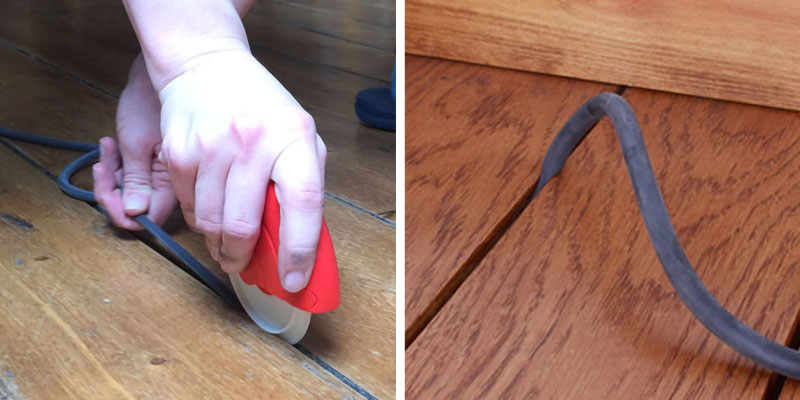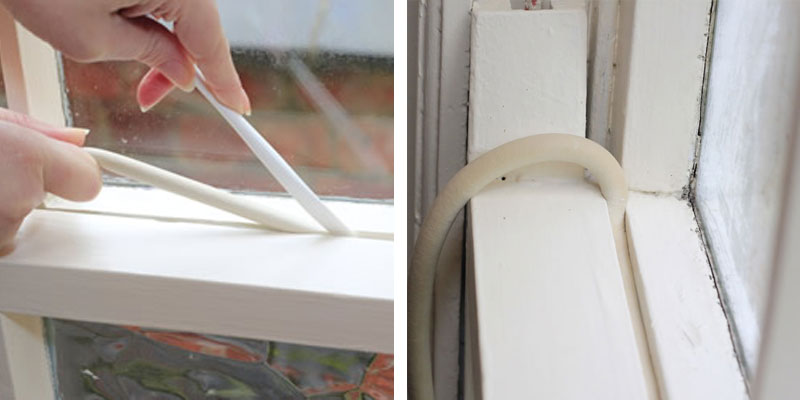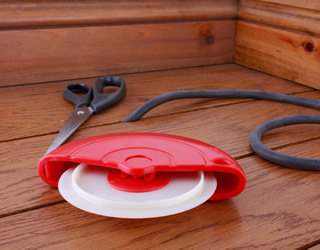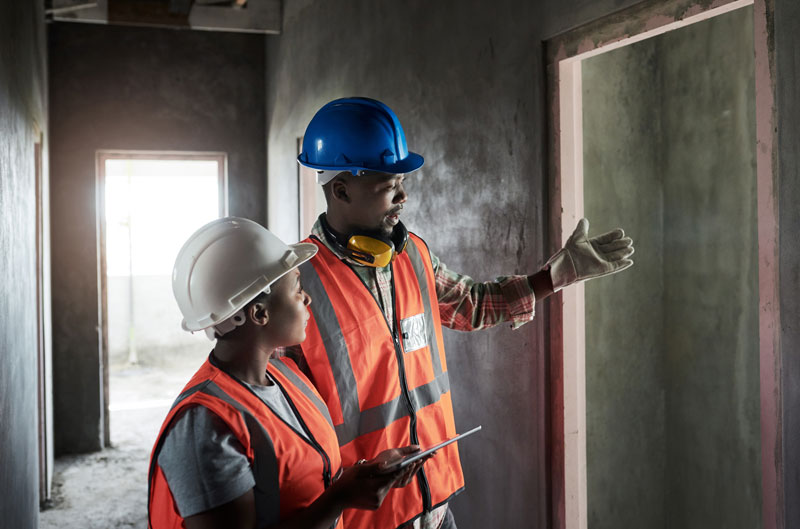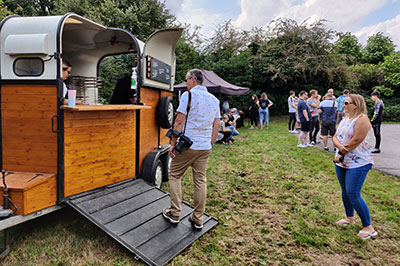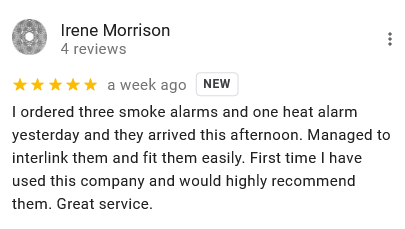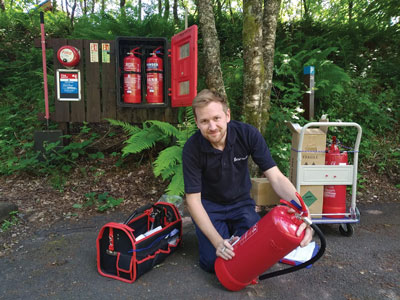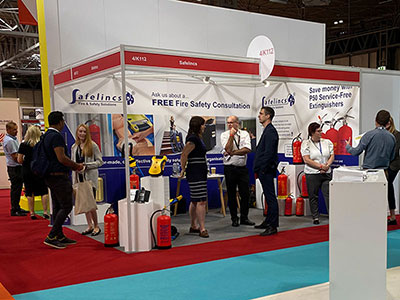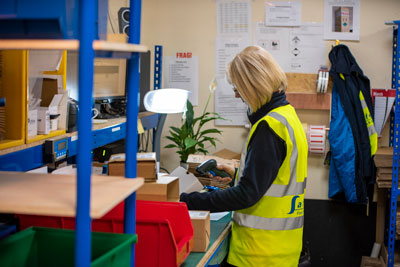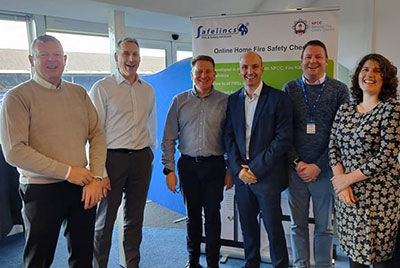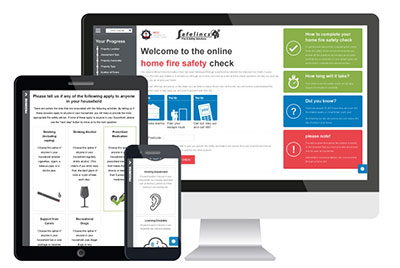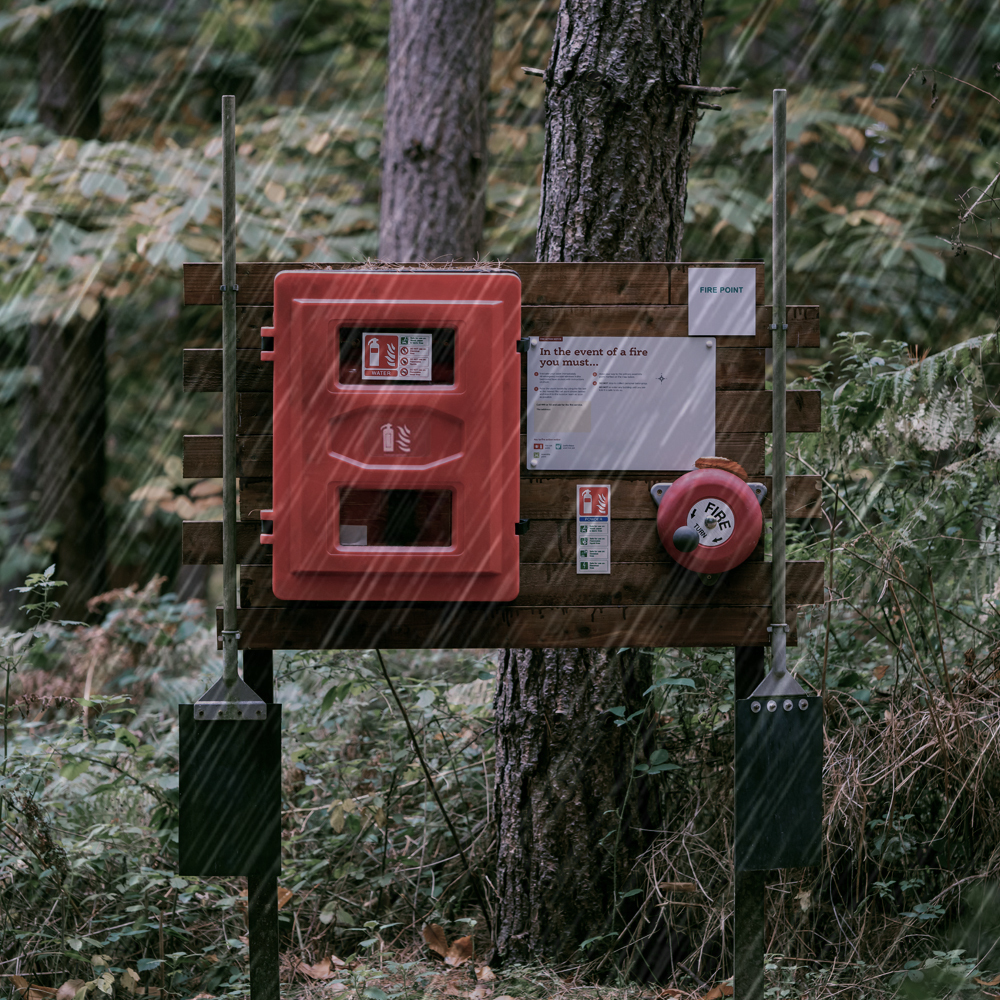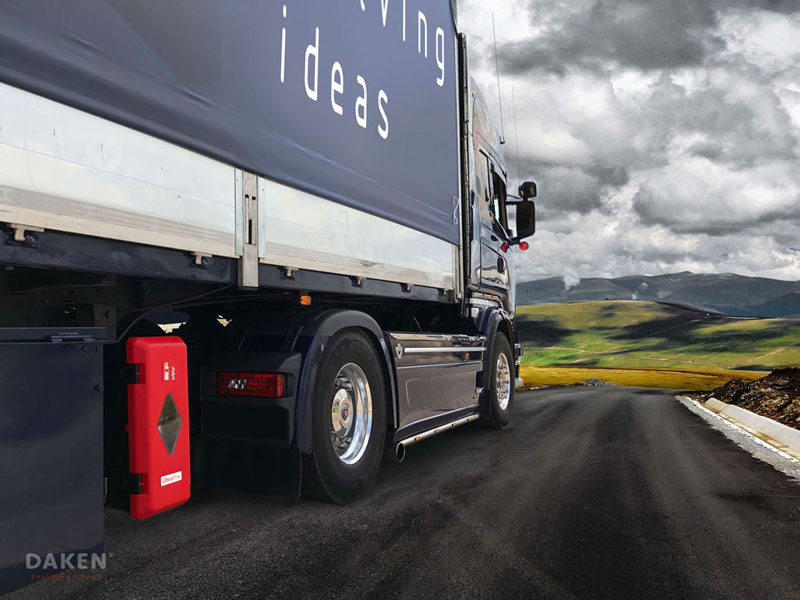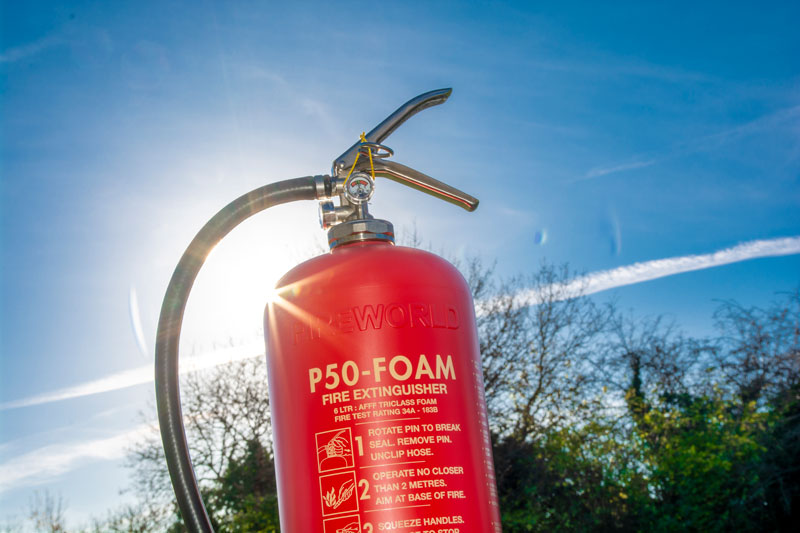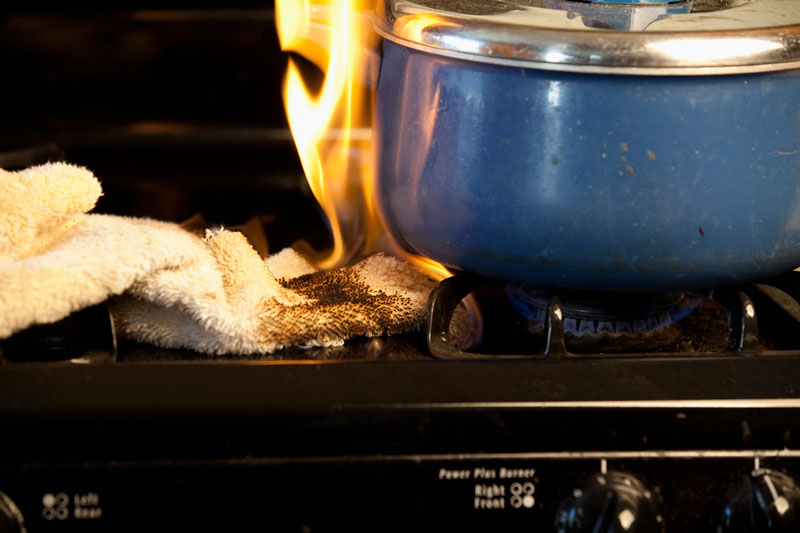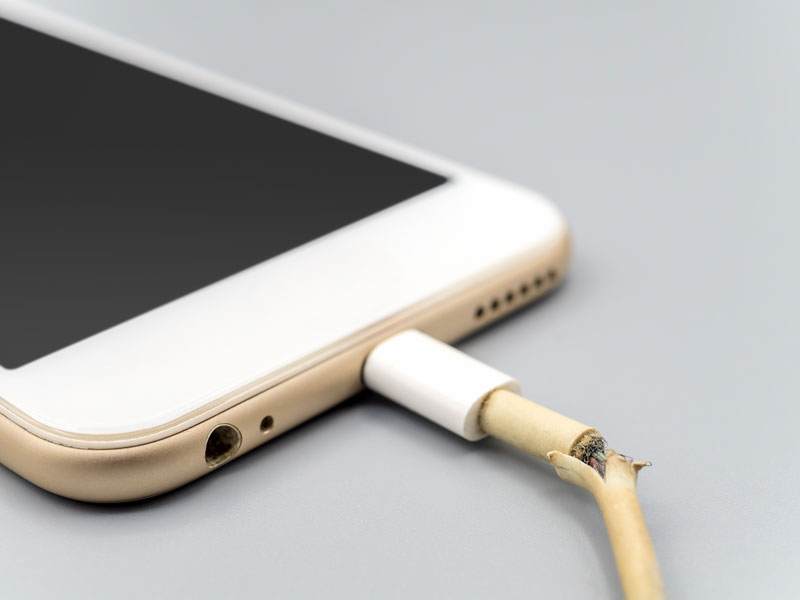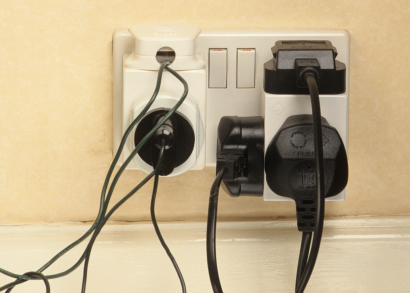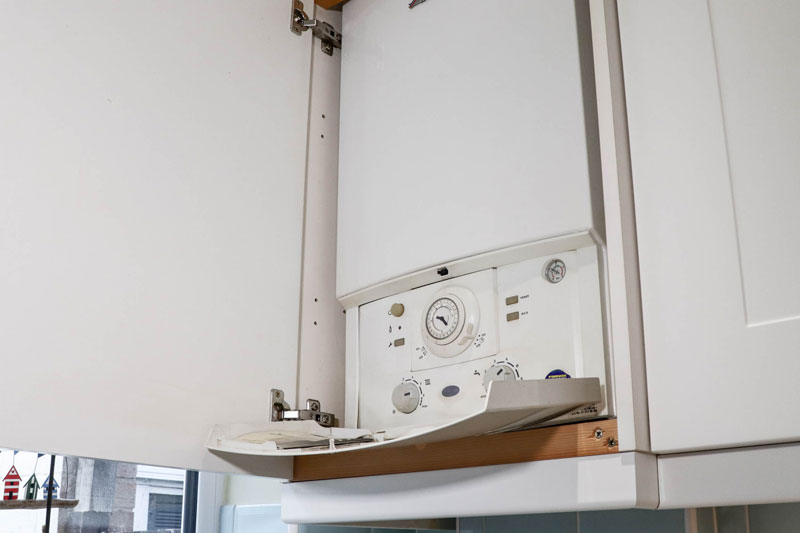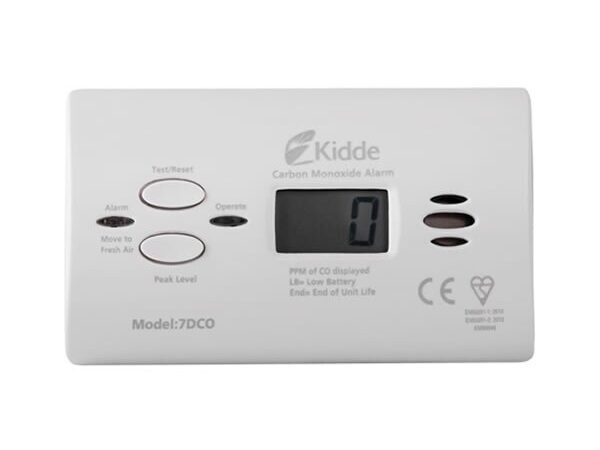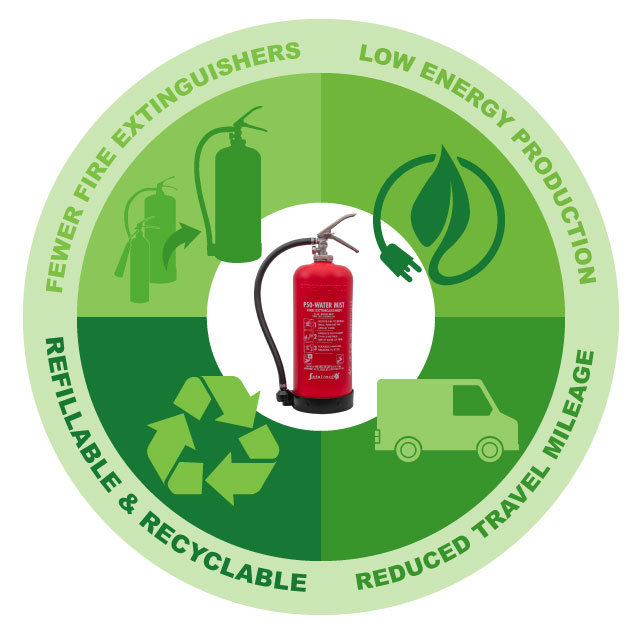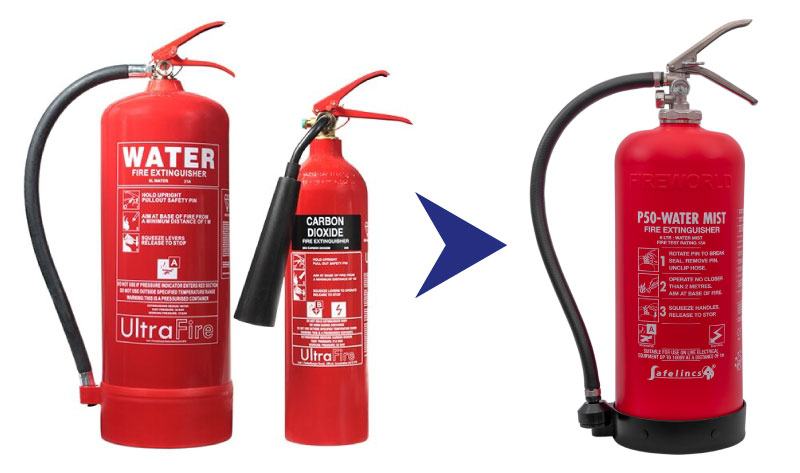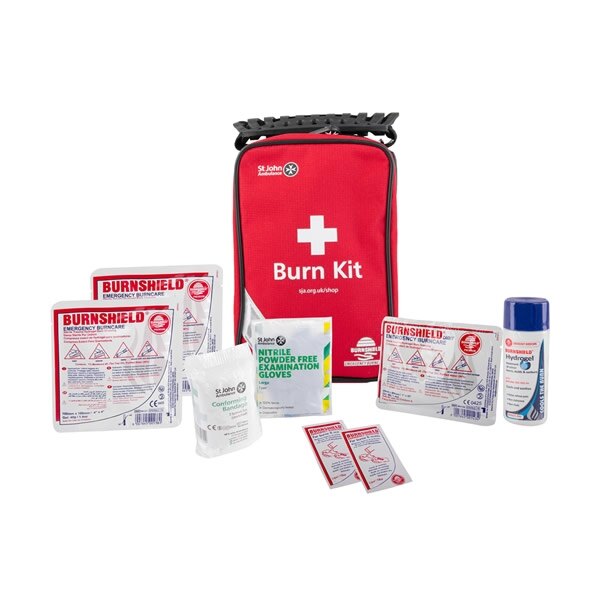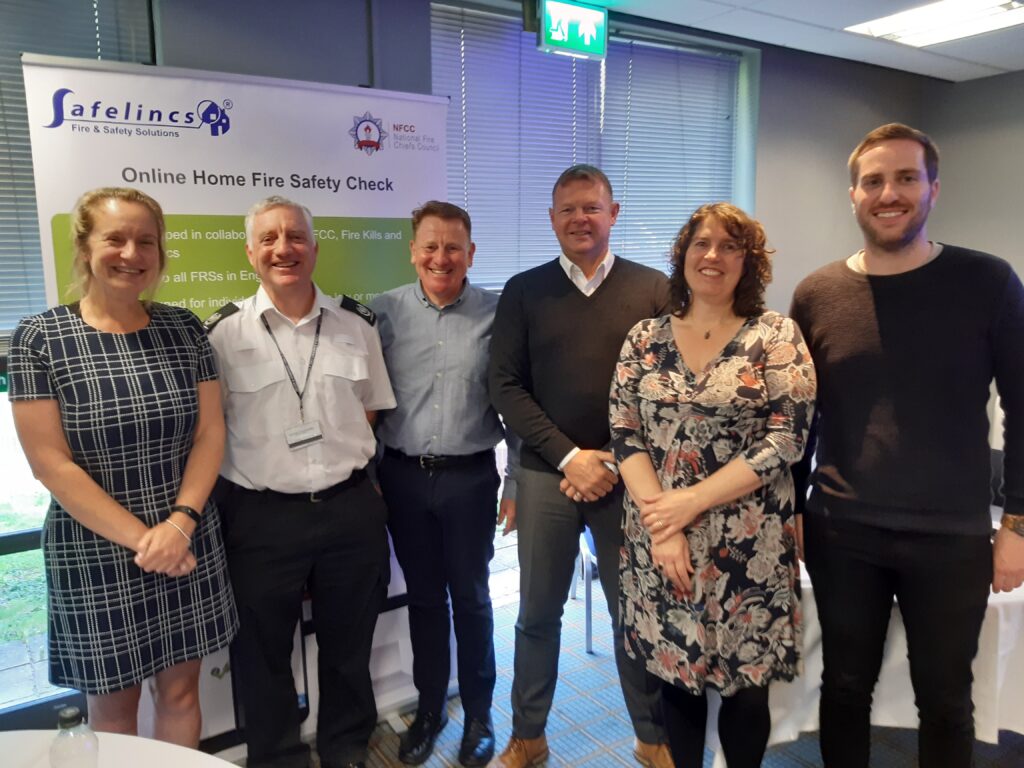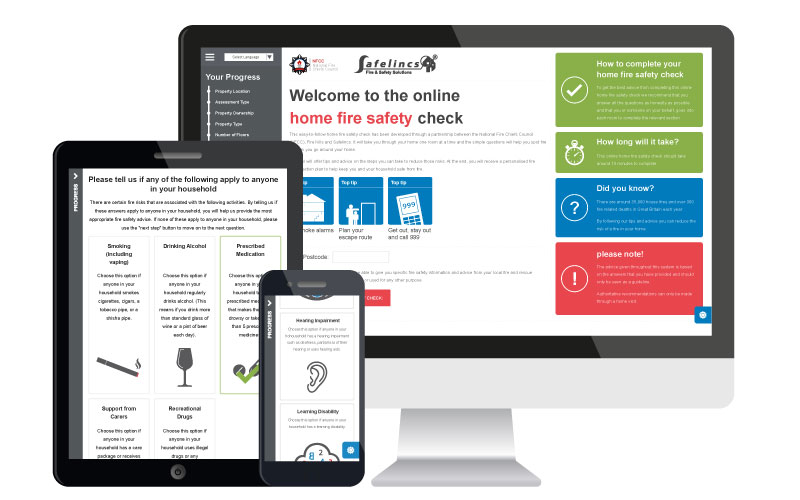Wednesday 30th March 2022
From 15th July 2022, the Renting Homes (Fitness for Human Habitation) (Wales) Regulations come into force. All landlords in Wales will need to ensure their properties meet the new legislation in order to be classified as fit for human habitation. New rules on smoke alarms and carbon monoxide alarms are stipulated as part of the regulations. So, what does this mean for landlords in Wales?
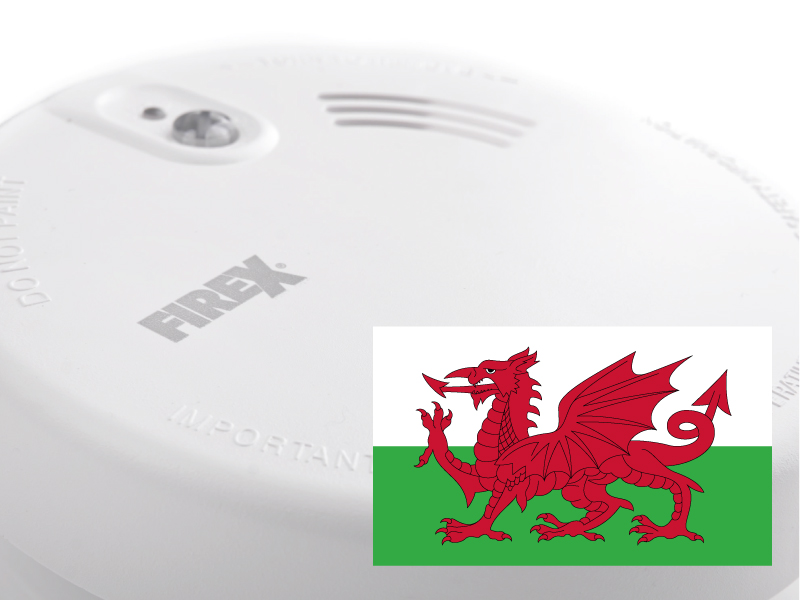
Smoke and carbon monoxide alarms in rented properties in Wales
To comply with the new smoke alarm regulations, landlords must ensure all rented properties have a minimum of:
- At least one hard-wired smoke alarm (mains powered) on each level of the home
- All hard-wired alarms must be interlinked, either via a wireless radio-interlinking system or wired interlinking system
- A carbon monoxide alarm in any room with a fuel burning appliance (gas, oil or solid fuel)
- A heat alarm in the kitchen
View our range of alarms suitable for the new Welsh regulations.
Protecting tenants and property from fire
Whilst the above regulations set out a minimum smoke alarm requirement, it also recommends that in larger or more complex properties additional smoke alarms should be considered in order to fully protect tenants. Any alarms additional to the new regulations are not required to be interlinked or mains-powered.
With 60% of fires in the home beginning in the kitchen, a heat alarm is recommended. Heat alarms can be installed in the kitchen and will not be triggered by cooking fumes or steam, meaning less false alarms.

What is the deadline for complying with the new Welsh regulations?
For smoke alarms, where there is already a tenancy in place on 15th July 2022, landlords will have until 15th July 2023 to comply with the new smoke alarm regulations. If a new tenancy starts after the 15th July 2022 deadline, smoke alarms must meet the new requirements at the start of the tenancy. The regulations for providing a CO alarm in each room with a fuel burning appliance is applicable in all rental homes regardless of tenancy agreements from 15th July 2022. More clarification can be sought in this in-depth smoke alarm guide from the Landlords Guild.
Which alarms do I need for my rental property in Wales?
Landlords need to provide mains-powered smoke alarms that are interlinking on each level of the rental home. Carbon monoxide alarms should also be provided. See above for full guidance on the new regulations. View our range of alarms suitable for the new Welsh regulations.
Who is responsible for the alarms once they are installed?
Under the new smoke alarms regulations in Wales, landlords are responsible for maintaining and replacing smoke alarms when necessary. It is important to note the date of alarm installation and when the alarm will require replacing. Smoke alarm sensors usually have a lifespan of 10 years (always check the manufacturer’s instructions), after which they become less effective. Landlords are not responsible for testing the smoke alarms.
Do hard-wired smoke alarms need to be installed by an electrician?
Yes. Hard-wired smoke alarms need to be installed by an electrician.
What is the penalty for not complying with the new smoke alarm rules?
The regulations have been updated to protect the safety of tenants. Radio-interlinked alarms alert residents sooner, allowing more time to escape in an emergency. Mains-powered alarms give more certainty to tenants and landlords than battery powered alarms. Under the new Fitness of Homes for Human Habitation legislation, any property that is not fitted with compliant smoke and carbon monoxide alarms will be deemed as not fit for human habitation. Until this is resolved, the tenant would not be required to pay rent.


